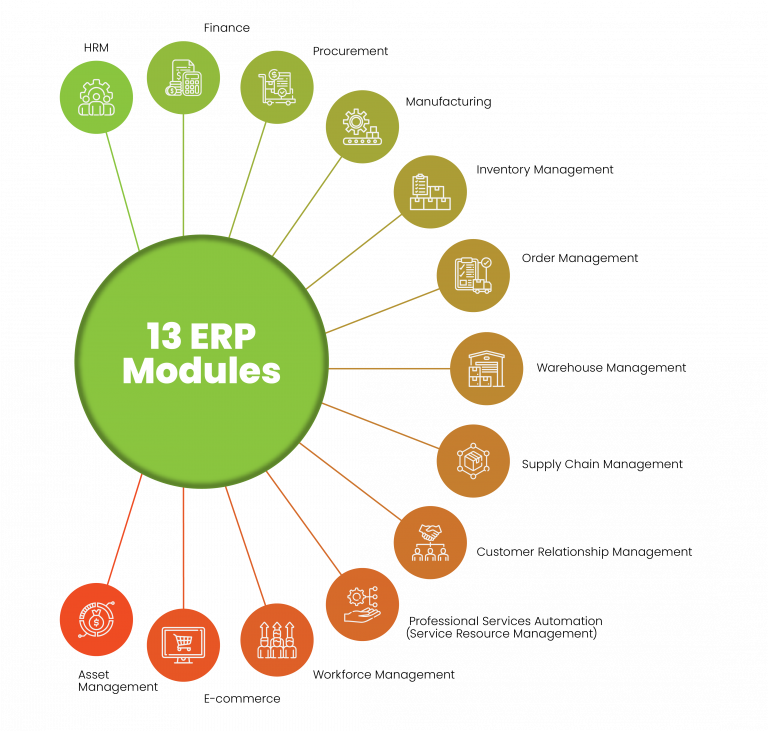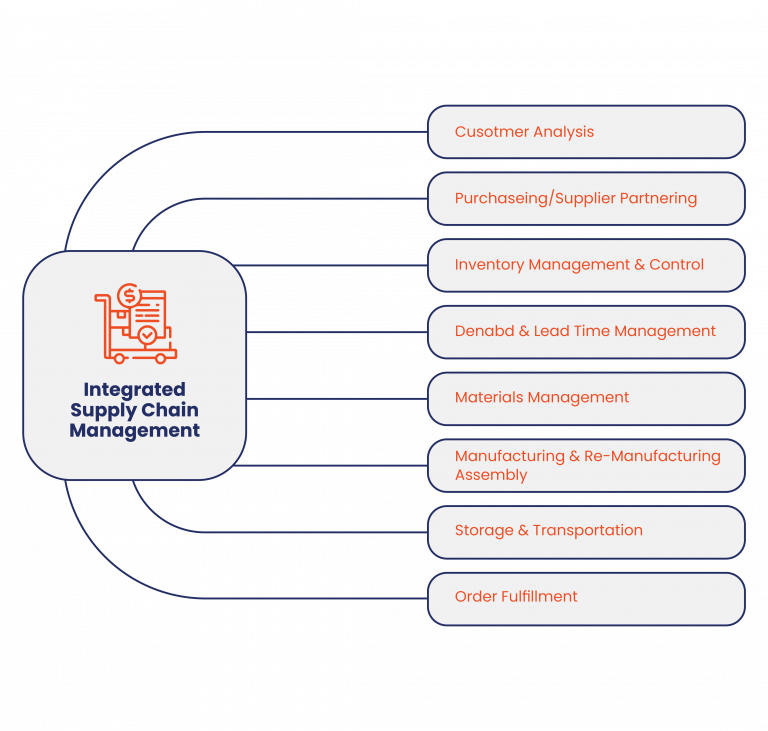LiteERP
Overview
Pro-ERP systems provide your company with tools to help you streamline your business operations and achieve a competitive advantage. This is accomplished through the use of integrated financial management, supply chain management, and customer relationship management (CRM) systems. You can customize the company’s ProERP system to fit your requirements and targets.
ProERP has the optimized accounting and finance module in ERP for all sizes and types of business. ProERP financial solutions enable the corporate transformation that assists you to improve efficiency, track procedures, and manage. There are prominent features of ProERP accounting and finance module.
- Analysis in real-time.
- Financial closing processes have been streamlined.
- Capabilities for planning, budgeting, and forecasting.
- Risk management in the enterprise.
- Subscription models that are scalable.
- Multi-Company
- Multi –Language
- On Promises
- On Cloud
- ‘Workflow Configuration
- ROBUST &SECURE SYSTEM
- Geofencing Tracking
- Mobile App for all Stake Holders (IOS and Android)
- Better Business Efficiency

1. Finance
The finance and accounting module is the most important ERP module because it allows businesses to understand their current financial state and future outlook. Key features of this module include tracking accounts payable (AP) and accounts receivable (AR) and managing the general ledger. It also creates and stores crucial financial documents like balance sheets, payment receipts and tax statements.
The financial management module can automate tasks related to billing, vendor payments, cash management and account reconciliation, helping the accounting department close the books in a timely manner and comply with current revenue recognition standards. It also has the data that financial planning and analysis employees need to prepare key reports, including profit and loss (P&L) statements and board reports, and run scenario plans.

Major Modules
- Expenses
- Account Payable (AP)
- Account Receivable
- Loan Management
- Fixed Asset & Depreciation
- CostCenters
- Bank Reconcile
- General Ledger
- Budget Management
- Work order Management
- Balance Sheet
- Trial balance
- Profit and Loss
- Travel and Expenses
- Risk Management
- MIS Reports
- BI Analytical
- GST /TAX Management
- Cash Management
2. Procurement
The Procurement module, also known as the purchasing module, helps an organization secure the materials or products it needs to manufacture and/or sell goods. Companies can keep a list of approved vendors in this module and tie those suppliers to certain items, helping with supplier relationship management. The module can automate requests for a quote, then track and analyze the quotes that come in.
Once a company accepts a quote, the procurement module helps the purchasing department prepare and send out purchase orders. It can then track that purchase order as the seller turns it into a sales order and ships the goods, automatically updating inventory levels once the order arrives.
Major Modules
- Purchase Orders
- Purchase Indent
- Quotation Management
- Supplier Price
- Goods Receipt Notes(GRN)
- Purchase Returns
- Warehouse Management
- Stock Indents / Issues / Receipts
- Stock Consumptions
- Stock Audit
- ROL
- DBM(Dynamic Buffer Management)
- Budget Tracking
- Supplier Payment
- Aging Report
- Stock Movements
- Dashboard

3.Manufacturing
The earliest version of ERP, material requirements planning (MRP) systems, were designed for manufacturers, and manufacturing remains a key piece of ERP. Today, ERP systems typically have a production management or manufacturing execution system (MES). The manufacturing module helps manufacturers plan production and make sure they have everything they need for planned production runs, like raw materials and machinery capacity. During the manufacturing process, it can update the status of goods-in-progress and help companies track actual output against forecasted production. It also provides a real-time picture of the shop floor, capturing information on items in progress and finished goods. It can calculate the average time to produce an item and then compare supply with forecasted demand to plan adequate production.
Major modules
- Supply Chain Management
- Product Lifecycle Management
- Sales Order Management
- Manage BOM
- Manage Packing Materials
- Quality Management
- Finished goods and Packing
- Barcode and QR Code
- e-Commerce
- Distribute Management
- Customer App and Webportal
- Customer Order Management
- Invoice and eWay Bill
- Inventory Management
4. Inventory Management
The inventory management module enables inventory control by tracking item quantities and location down to individual SKUs. This module offers a complete picture of not only current but also incoming inventory, through an integration with the procurement tool. This piece of software helps businesses manage inventory costs, making sure they have sufficient stock without tying up too much cash in inventory. An inventory management application can weigh sales trends against available product to helps companies make informed decisions that boost margins and increase inventory turn (a measure of how often inventory is sold over a certain period). It can help prevent stockouts and delays, which enhances customer service.
Businesses that lack other supply chain management modules may also use the inventory management application to handle purchase orders, sales orders and shipping. Larger organizations will need a version of this solution that can track inventory across multiple locations.
5. Order Management
An order management module tracks orders from receipt to delivery. This piece of the ERP feeds all orders to the warehouse, distribution center or retail store after customers place them and tracks their status as they’re prepared, fulfilled and shipped to the customer. The order management module prevents orders from being lost and boosts on-time delivery rates to keep customers happy and cut unnecessary expenses for expedited shipping.
More advanced order management applications can help a company determine the most cost-effective option for fulfilling an order—a store vs. a warehouse vs. a third-party fulfillment partner, for example—based on available inventory and the buyer’s location.
6. Warehouse Management
A warehouse management module can deliver a rapid return on investment for businesses that operate their own warehouses. This application can efficiently guide warehouse employees through all warehouse processes based on the layout of the facility, from put away when shipments arrive to picking to packing and shipping. It can also help companies plan labor based on expected order volume. The warehouse management module can support different picking strategies like batch picking, wave picking and zone picking depending on which is most efficient for a given business, and some modules can show employees the most efficient pick path.
When the warehouse management module is integrated with inventory management and order management applications, employees can quickly find the right products and get shipments out the door quickly. Faster delivery ultimately increases customer satisfaction.
7. Supply Chain Management
A supply chain management module tracks each step in the movement of supplies and goods throughout the supply chain, from sub-suppliers to suppliers to manufacturers to distributors to retailers or consumers. It can also manage any materials or products returned for refund or replacement.
As noted earlier, supply chain management can include a wide array of modules like procurement, inventory management, manufacturing, order management and warehouse management. However, it may have functionality beyond the core capabilities of those modules.
8. Customer Relationship Management (CRM)
The customer relationship management (CRM) module stores all customer and prospect information. That includes the company’s communication history with a person—the date and time of calls and emails, for example—and their purchase history. A CRM improves customer service because staffers can easily access all the information they need when working with a customer.
Many businesses also use CRM to manage sales leads and opportunities. It can track communication with prospects and suggest which customers should be targeted for certain promotions or cross-sell opportunities. More robust CRM modules may support customer segmentation (enabling more targeted marketing) and advanced contact managers and reporting tools.

Major Modules
- Sales Team Target Management
- Enquiry
- Enquiry to lead
- Lead generation
- Lead Tracking & Task management
- Giofencing Tracking for Marketing Team
- Quotation for Leads
- Sales Team Performance
- Campaign Management
- Service Leads
- Maintenance and Job Card
- Service Team Performance
- KPI
9. Professional Services Automation (Service Resource Management)
A professional services automation (PSA) module, also called a service resource management module, allows an organization to plan and manage projects. Services-based businesses often use this module. The application tracks the status of projects, managing human and capital resources throughout, and allows managers to approve expenses and timesheets. It facilitates collaboration between teams by keeping all related documents in a shared place. Additionally, the PSA module can automatically prepare and send bills to clients based on rules around the billing cycle.
Major Modules
- Project Management
- Project Budget & Costing
- Project Team assignment
- Timesheet Management
- Travels and Approval
- Travel Expenses
- Project profit and Loss
10. Workforce Management
A workforce management module is similar to a human resource management module but is designed for companies with more hourly than salaried employees. It can monitor workers’ attendance and hours and measure things like employee productivity and absenteeism.
Payroll could also fall under the workforce management module. A payroll sub-module automatically distributes paychecks to employees on a set schedule with the appropriate taxes deducted and handles expense reimbursement. It can also provide reports on payroll expenses, total overtime hours and similar KPIs.
11. Ecommerce
Certain ERP vendors offer an ecommerce module for businesses that want to sell online. This module allows companies to quickly launch a business-to-business (B2B) or business-to-consumer (B2C) ecommerce website. Leading commerce applications include user-friendly tools that allow employees to easily add new items, update product content (item descriptions, titles, specs, images, etc.) and change the look and feel of the website.
When the ecommerce application is integrated with other ERP applications, all payment, order and inventory information feeds from the ecommerce module into the shared database. That ensures all transactions are added to the ledger, out-of-stock items are removed from the site and orders ship on time.